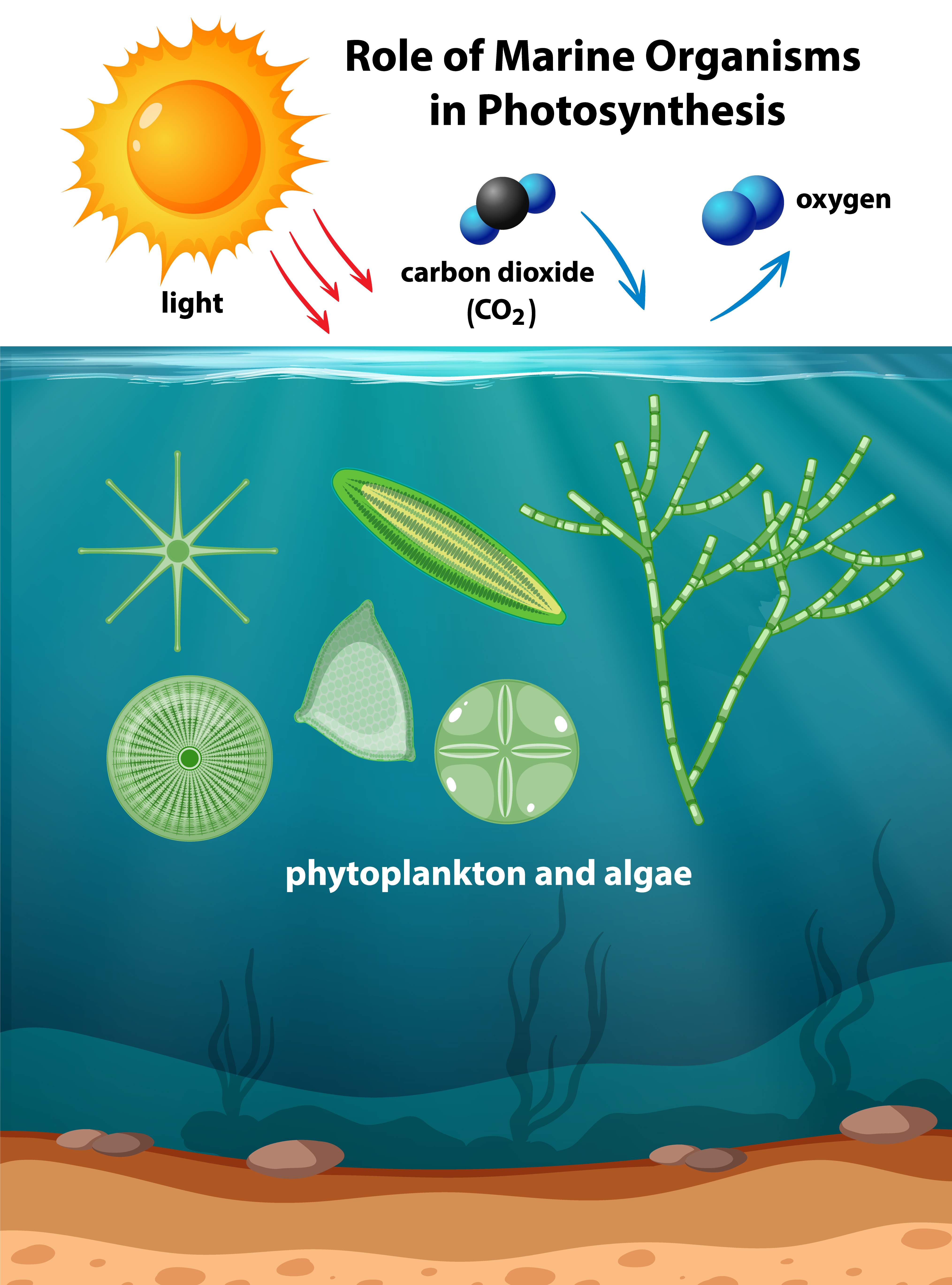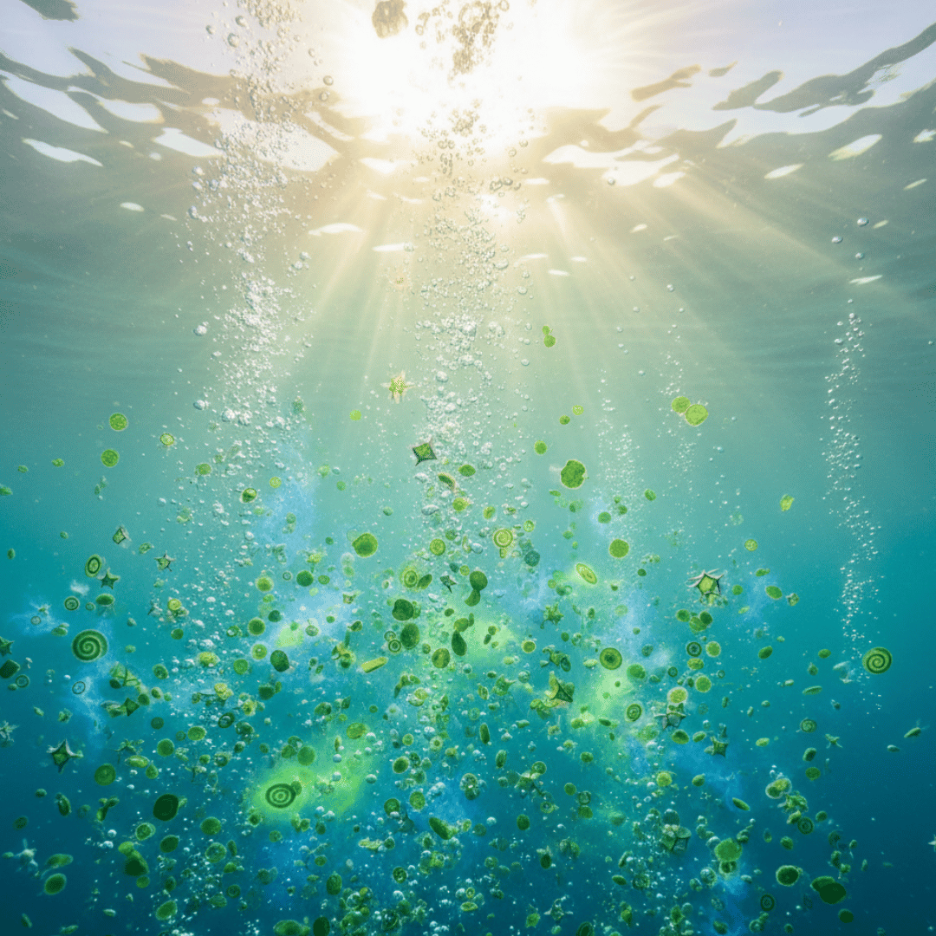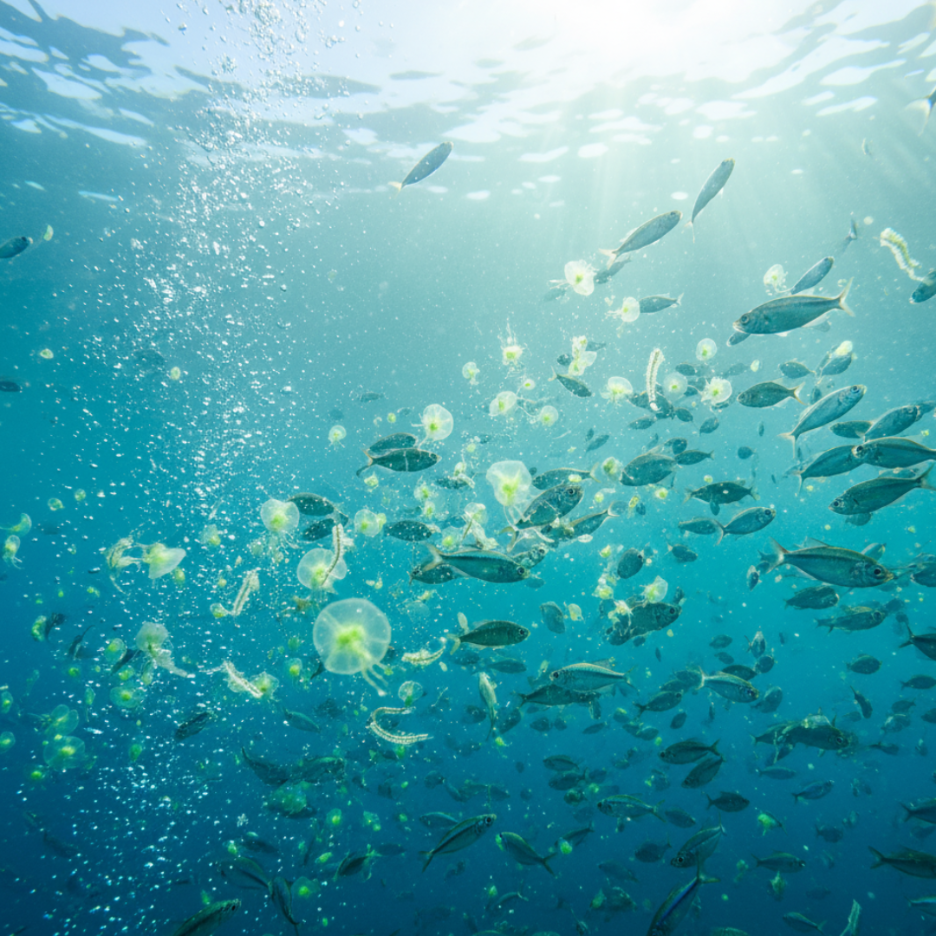
Product walkthrough, trial, POCs, enterprise offering, support and more. Speak with one of our specialists.


Product walkthrough, trial, POCs, enterprise offering, support and more. Speak with one of our specialists.

Climate changes

Phytoplankton are responsible for more than 50 percent of the oxygen production on Earth. These microorganisms live in the oceans and act as the largest producers of oxygen, surpassing all forests on land. Without phytoplankton, life on Earth would experience an oxygen crisis. Therefore, understanding their role is crucial to maintaining the health of marine ecosystems and our planet.
Phytoplankton are microscopic organisms that resemble plants and live in both marine and freshwater environments. They perform photosynthesis, absorb carbon dioxide, and produce oxygen. Although they are very small, phytoplankton form the foundation of the marine food chain and support the entire ocean ecosystem.
In addition to producing oxygen, phytoplankton play a role in absorbing carbon from the atmosphere, helping to mitigate climate change. Their presence indicates the health of marine ecosystems, as the amount and diversity of phytoplankton are influenced by water quality, temperature, and available nutrients.

Through photosynthesis, phytoplankton produce oxygen that is released into the atmosphere. About half of the oxygen we breathe comes from their activity. This makes the oceans the lungs of the Earth, vital for the survival of life.

Phytoplankton serve as the main food source for zooplankton, which are then eaten by small fish and eventually by larger marine predators. In other words, the balance of phytoplankton populations affects the entire oceanic food chain.
During photosynthesis, phytoplankton absorb carbon dioxide from the atmosphere. When they die, some of this carbon sinks to the ocean floor, helping to reduce the amount of carbon in the air and maintain global climate balance.
The amount and type of phytoplankton can serve as indicators of seawater quality. Drastic changes may indicate pollution or temperature shifts, affecting marine ecosystems and fisheries.
Phytoplankton face various threats that can disrupt the balance of marine ecosystems. One of the most significant is global warming. Rising sea temperatures alter the distribution of phytoplankton and reduce their productivity, which can ultimately decrease oxygen production in the oceans and disrupt the marine food chain.
In addition, ocean pollution is a major threat. Plastic waste, heavy metals, and harmful chemicals can destroy the natural habitat of phytoplankton. Meanwhile, excess nutrients from agricultural waste can trigger algal blooms that are harmful to the balance of marine ecosystems.
Another major threat is ocean acidification. The increase of carbon dioxide in the atmosphere makes the oceans more acidic, which can hinder the growth and oxygen-producing ability of certain types of phytoplankton. If this condition continues, the impact will be felt not only by marine ecosystems but also by the global climate balance.
To ensure the survival of phytoplankton, concrete actions involving various parties are needed. One important step is to reduce carbon emissions through the use of renewable energy and improved energy efficiency. This helps maintain stable sea temperatures, which are the main habitat for phytoplankton.
In addition, ocean waste management plays a crucial role. Reducing single-use plastics, controlling industrial waste, and promoting activities such as beach cleanup can help maintain water quality and prevent contamination by chemicals and heavy metals.
Protecting marine ecosystems also requires continuous monitoring and research. Monitoring phytoplankton populations through satellites and scientific studies helps predict changes in marine ecosystems, allowing for more accurate protection policies.
Equally important is public education, which helps raise awareness about the vital role of phytoplankton. By understanding the importance of these microorganisms, people can actively participate in maintaining ocean cleanliness and supporting sustainable conservation programs.
By keeping phytoplankton populations healthy, we can ensure that:
Every small step toward protecting the oceans brings great benefits to human life and our planet.
Phytoplankton are invisible heroes that produce oxygen and maintain the balance of marine ecosystems. Without them, the Earth would lose one of its largest sources of oxygen and a key element of stability. Protecting the oceans means preserving the health of our planet and the future of life on Earth.
Support ocean conservation by reducing waste, cutting carbon emissions, and participating in conservation activities. Share this article to help more people understand the importance of phytoplankton as the main oxygen producers in the oceans. Every small step can have a big impact on our planet






















Jejakin’s green programs combine high-tech monitoring, biodiversity restoration, and community-led initiatives to deliver powerful, sustainable change across ecosystems.








